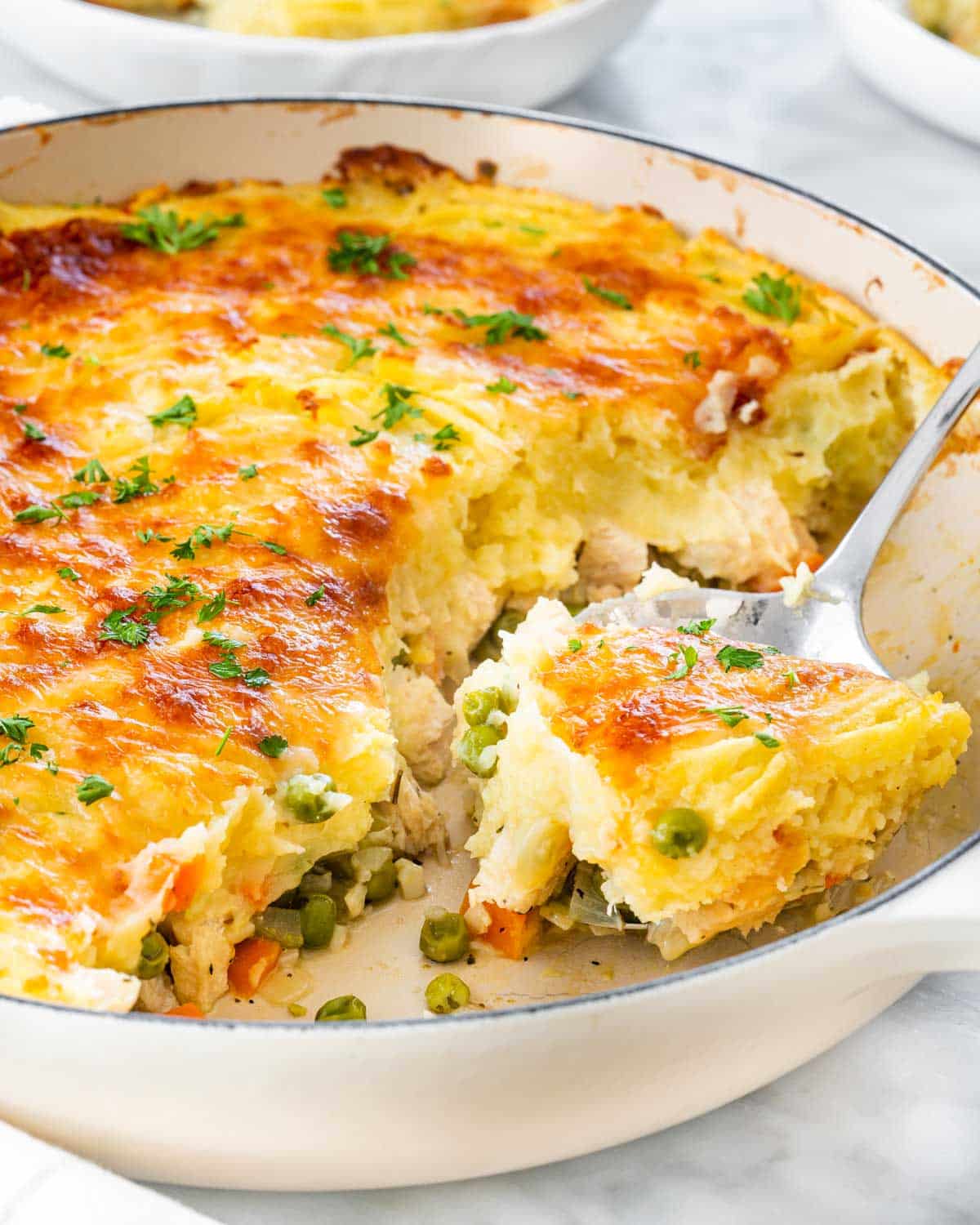Transform Your Leftovers Into Scrumptious Meals: A Parent’s Handy Guide
Hello there, lovely parents! Are you often grappling with a frequently asked question after mealtime, “What to do with these leftovers?” Well, worry no more. We have gathered a fantastic range of delicious and doable leftover recipes that are guaranteed to turn your excess food into your kiddos’ next favorite dish!
Introduction
In the busy life of parenting, cooking unnecessary amounts often takes place, leaving us with a fridge full of leftovers. Well, we are here to show you how to make the most out of these extras! This guide will take you step-by-step through various easy-to-follow recipes, transforming your leftovers into brand-new mouth-watering dishes, that your whole family will adore!
Why This Guide?
Apart from saving time and money, reimagining your leftovers can be a magical experience for the family, one that promotes sustainability and minimizes food waste. By embracing these simple yet delicious recipes, you are not just providing a sumptuous dish but also teaching valuable lessons about the importance of using every resource available.
Make the Most Out of Your Leftover Vegetables
Have a big pile of leftover veggies from last night’s dinner? Don’t let them wilt away in your fridge. Listen to this sensational idea: how about turning them into a flavor-packed Veggie Frittata or a heart-warming Vegetable Soup? Or perhaps use them as fillings for some magnificent Veggie Tacos? Yum, didn’t that thought just make you hungry?
Transform Your Leftover Meat
Chicken, beef, or ham, whatever meat is sitting in your fridge as a leftover, this guide got you covered! Ever tried a savory Chicken Shepherd’s Pie or a creamy Ham Alfredo Pasta? With our carefully curated recipes, you’ll have everyone at the dinner table asking for seconds!
Breathe New Life into Leftover Rice
Rather than tossing out the surplus rice, why not spice things up? From delicious Fried Rice to mouthwatering Rice Pudding, we will guide you in transforming your simple leftover rice into a culinary masterpiece!
Before we dive into the recipes, let’s take a quick look at some essential tips for safely storing and reheating leftovers. Ready? Let’s get started!

Essential Tips for Storing and Reheating Leftovers
Proper storage and reheating are crucial when it comes to dealing with leftovers. Here are some tips for ensuring your leftovers are both delicious and safe to consume:
How to Store Leftovers
- Wait Until It Cools: Before you store leftovers in the fridge, ensure they have cooled down at room temperature, but don’t leave them out for more than two hours.
- Use Airtight Containers: To keep your food fresh longer, store them in airtight containers. Consider investing in quality food-storage containers that seal securely.
- Divide Large Quantities: If you have a large quantity, divide it into smaller portions. This will allow them to cool and reheat evenly.
How to Reheat Leftovers
- Stir Often: When heating, be sure to stir your food often to ensure even heat distribution.
- Use the Stove: Though a microwave is quicker, reheating on the stove usually provides better texture and flavor.
- Check the Temperature: If possible, check the internal temperature of your food. It needs to reach at least 165 degrees Fahrenheit to be safe for consumption.
Now that you’re equipped with the basics, get ready to embark on the journey of turning your leftovers into exciting, new meals. The possibilities really are endless, aren’t they? So stop seeing your leftovers as extras and start seeing them as the next mouthwatering meal everyone will be looking forward to! Happy cooking, dear parents!
Five Helpful Tips for Preparing Recipes with Leftovers for Parents
If you are a parent looking for the smartest ways to utilize leftovers and minimize food waste, you’ve landed on the right page. Here are five important things every parent should know in preparing for recipes with leftovers:
1. Safety First: Proper Storage
Always store leftovers properly to keep them fresh and safe to consume. Use airtight containers and refrigerate leftovers within 2 hours from cooking. Remember, they are best used within 2-4 days to ensure their freshness and safety.
2. Reinvent Your Leftovers
There’s no need to serve the same food twice! There are countless creative ways you can revamp your leftovers. That chicken from last night could be today’s chicken salad, and yesterday’s vegetables can easily be turned into a delicious soup.
3. Plan Ahead
While meal planning for the week, consider potential leftover meals. For example, if you’re grilling some chicken, consider making extras that you can repurpose into different meals later in the week.
4. Focus on Nutrition
When utilizing leftovers, remember to keep your family’s nutrition in mind. Ensure each meal is balanced and healthy by adding necessary components such as proteins, grains, fruits, and vegetables.
5. Get the Kids Involved
Using leftovers can be a fun and educational experience for the kids. They’ll learn about food waste reduction, creativity in the kitchen, and even some culinary skills. Plus, kids are more likely to eat a meal they’ve helped to prepare!
By adhering to these simple, yet effective tips, parents can make the most out of their leftovers, reduce food waste, and enjoy a variety of delicious dishes without additional stress or cooking time. Remember, it’s not about serving the same dish twice, it’s about creating a new delicious dish from what you have!
For more great articles please see here. For more information see here
Disclaimer
The articles available via our website provide general information only and we strongly urge readers to exercise caution and conduct their own thorough research and fact-checking. The information presented should not be taken as absolute truth, and, to the maximum extent permitted by law, we will not be held liable for any inaccuracies or errors in the content. It is essential for individuals to independently verify and validate the information before making any decisions or taking any actions based on the articles.




